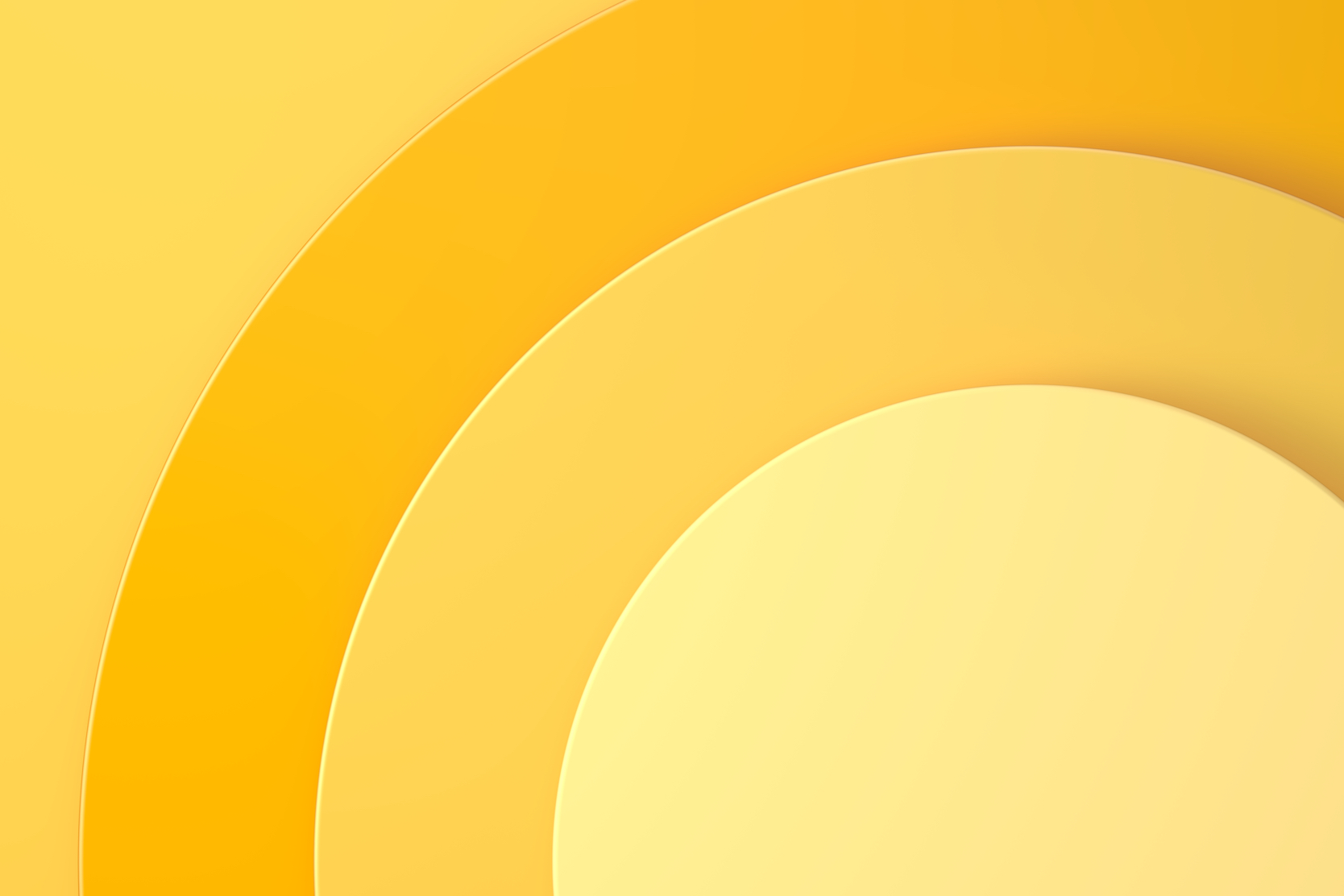Saving future lives
500+ UCSF investigators are researching cures for hundreds of childhood and adult diseases.


Hydrocephalus occurs when abnormal amounts of cerebrospinal fluid, or CSF, accumulate in the brain's cavities. The term comes from "hydro," the Greek word for water, and "cephalus," the Greek word for head.
Acquired hydrocephalus occurs after a child is born, when a tumor, injury or disease blocks the absorption of cerebrospinal fluid in the brain. It differs from congenital hydrocephalus, which is present at birth and usually caused by a brain malformation or birth defect that occurred as the fetus was developing.
Both types of hydrocephalus can pose risks to both mental and physical development. Timely treatment, as well as rehabilitation and educational programs can improve the long-term outcome for many children diagnosed with this disorder.
Cerebrospinal fluid is a clear, colorless liquid that normally surrounds the brain and spinal cord, protecting both from injury and bringing in nutrients and removing waste. In a healthy person, all CSF produced by the brain is absorbed by the body. In hydrocephalus, the fluid fails to drain and accumulates, creating pressure on the brain.
Acquired hydrocephalus is caused by injuries or conditions that develop after birth, such as a hemorrhage, meningitis, head trauma, tumors and cysts.
A build-up of CSF may occur when:
Acquired hydrocephalus can look different in every child, depending on their age and the stage of the condition.
Symptoms in newborns may include:
Symptoms in older children may include:
During your visit, our doctors and other staff members will thoroughly evaluate your child. We will ask you about their medical history as well as the medical history of your immediate family.
If your pediatrician sent us your child's medical records, we will review this information. Be sure to let us know about the medications your child is currently using, including over-the-counter medications, vitamins, nutritional supplements and herbal remedies.
We assess acquired hydrocephalus by measuring the effect of the CSF build-up on the brain. If cerebrospinal fluid accumulates, it frequently leads to enlarged cavities that are visible on diagnostic scans of the head.
Your child's evaluation will include imaging tests such as:
To determine the best treatment for acquired hydrocephalus, it's sometimes necessary to measure the pressure in your child's skull. We take this measurement by placing a small monitor beneath the skull during a short surgical procedure.
Acquired hydrocephalus is most commonly treated by either removing the cause of the condition, such as a tumor or other blockage, or by inserting a shunt. The shunt is a flexible plastic tube that diverts excess cerebrospinal fluid from the brain to the abdomen where it can be absorbed back into the body. A valve within the shunt regulates and prevents excessive drainage.
A limited number of patients can be treated with an alternative procedure called endoscopic third ventriculostomy, or ETV. In this procedure, a small hole is made in the third ventricle of the brain, which is one of the brain's four cavities. This allows the cerebrospinal fluid to bypass the obstruction and flow toward an area where it can be reabsorbed by the body.
If you have questions about your child's treatment, feel free to ask their doctors, nurses and therapists. If the treatment includes medication, be sure that your child takes it exactly as instructed. Make sure to bring your child to all follow-up appointments.
Your medical team will explain possible risks or complications from acquired hydrocephalus treatments. You may be referred to additional doctors or other medical professionals.
UCSF Benioff Children's Hospitals medical specialists have reviewed this information. It is for educational purposes only and is not intended to replace the advice of your child's doctor or other health care provider. We encourage you to discuss any questions or concerns you may have with your child's provider.
Patient education
This lifesaving device stops cerebral spinal fluid (CSF) from building up in the brain by diverting it to another part of the body, where it can be safely absorbed. Find out how it does its job – and how to make sure your child’s is working properly.
Patient stories
When Brock Albee was 3 years old, a scary accident at day care led to a diagnosis of hydrocephalus, a fluid buildup in the brain. UCSF doctors have been treating him for more than 20 years and counting – with amazing results.

One of the nation's best for neurology & neurosurgery

in NIH funding among U.S. neurology programs

Ranked among the nation's best in 11 specialties
Saving future lives
